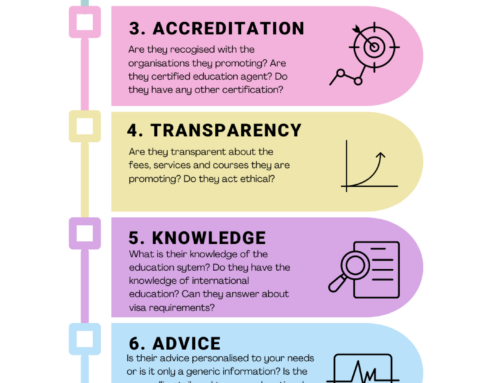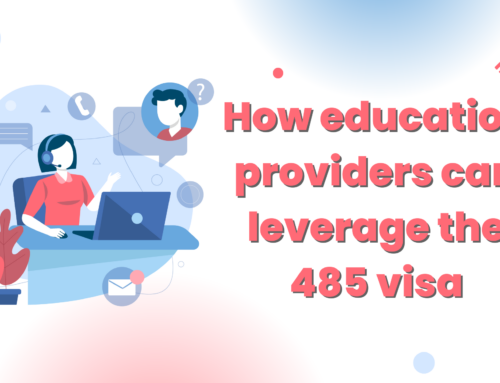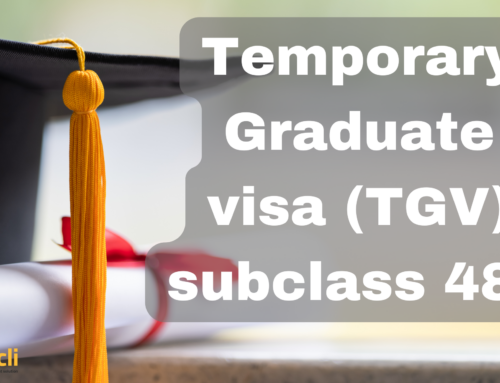How institutions can improve international student conversions from admission to enrolment
- A featured panel at EAIE 2023 highlights the key conversion opportunity in the often months-long interval between admission and enrolment
- The panelists emphasised the complexity of the student decision making process and the many factors that are involved, not all of which are under the control of the institution or school
- They also emphasized the significance of students’ own opinions, of providing numerous entry points, of being honest and open, and, finally, of creating a sense of student attachment and community.
Any prospective student can easily visualize the entire admissions process, from initial interest to an admissions offer to enrollment to graduation and post-graduation success.
In this article, we would like to share some important frontline insights on the things that most impact student decision-making and conversion in that critical period after the student receives an offer of admission.
The critical point is that the student is in the driver’s seat. The education provider’s options in this matter are limited to where they choose to go. One of the reasons for this is that after receiving an acceptance letter, there is “this huge gap” of six to seven months of “nothing” except for possibly some emails or a webinar. Students go through a lot during that time, and it is also crucial that we stay in touch with them.
Barriers to conversion
Regular surveys of students showed year after year that the top factors among admitted students who decided not to study at the university included financial factors, the cost of living, and the availability of scholarships / other financial support. “Money is a big reason; if they can’t afford it, then they can’t come.” Another important factor is the visa outcome-related factor.
Cost, academics (e.g., rankings, programs), social factors, student support, geography (e.g., location, weather), and graduate outcomes (e.g., employability) are just a few of the many factors that can influence admitted students’ decisions to enroll. During the time after admission, the most impact on the student’s decision falls on social factors and support; this includes word of mouth, community, social proof, and the sense of belonging or attachment that the student begins to establish after admission. The broad category of support, on the other hand, relates to things like responsiveness and effectiveness in communications with students, quality staff, authenticity, and events for incoming students.
The session highlighted another important lesson from Helsinki, which was how the university engages its current students to provide an authentic contact for admitted students who had not yet enrolled. Student-to-staff connection is key, it is not not just answering emails and telling how fabulous your university is. It was said, that in many cases students will be more comfortable to ask questions of a peer, rather than staff member from the institution or school.
The funnel is not a straight line
As per internal survey data at Trinity College Dublin, there is a broader industry trend in that students apply, on average, to several different institutions in three countries before making their final choice on where to study. There are clearly a number of factors in play, including rankings and geography and costs. But the surveys also show that there are a lot of intangible that lead the students to choose specific college may be a “gut instinct” or a feeling of belonging or good fit. Student decision making is complex, after all, and there is a certain unpredictability to how and when an admitted student will progress to become an enrolled student.
We must not also forget the role education agents are playing in this scenario, and how an agent might be involved not just in referring a student and assisting him or her in the admissions process, but also in issues around housing or financing for study abroad. “Agents are somehow a one-stop shop.
Those lessons and insights have a few things in common: the importance of the student voice, of offering students multiple points of contact, of authenticity and transparency, and, ultimately, of building student attachment and cultivating a sense of belonging and community, especially after the admission offer has gone out.
Get in touch with us if you need help developing a strategy for generating and nurturing leads or gaining insight into the steps involved in recruiting students. The knowledgeable team at Educli can advise you on student recruitment strategies and processes, as well as marketing and social media activities, product knowledge, and product differentiation.
For additional articles, please see:




